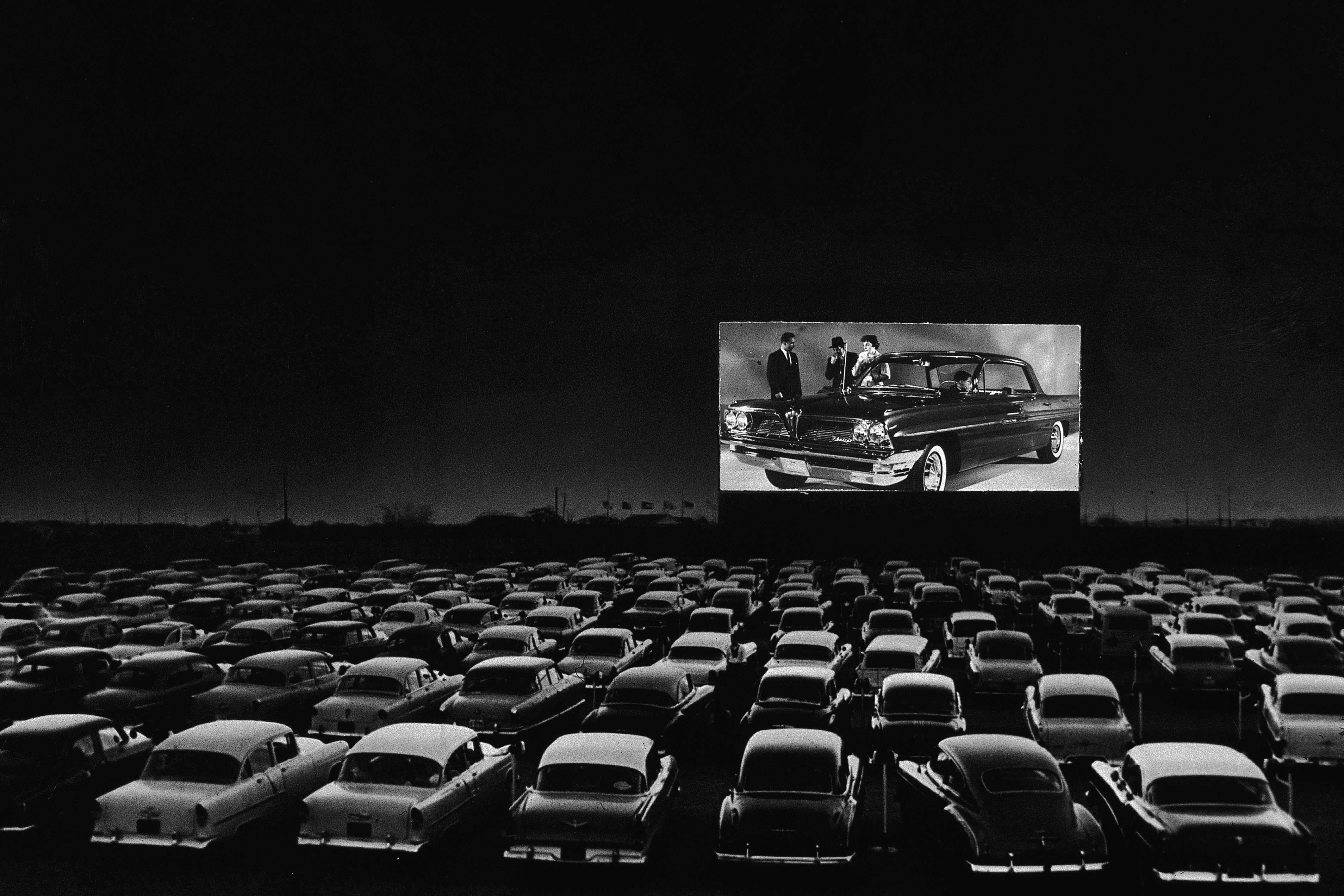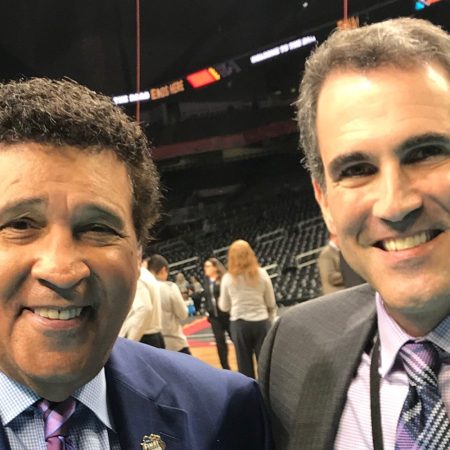A month after the WHO declared COVID-19 a pandemic, disturbing reports about reckless driving started cropping up at news outlets around the country. Despite traffic falling to unprecedented lows, police were somehow handing out more speeding tickets and traffic fatalities were spiking in certain cities. But on the whole, many accounts were anecdotal and the little data reported was regional, so the gearheads attempting to break the Cannonball Run record over and over again continued unabated.
Now, finally, we have hard data — and it’s not pretty. A new study from the National Highway Traffic Safety Administration suggests that “during the height of the national public health emergency and associated lockdowns, driving patterns and behaviors changed significantly, and that drivers who remained on the roads engaged in more risky behavior, including speeding, failing to wear seat belts, and driving under the influence of drugs or alcohol.”
That’s right, not only was the country’s leadership lax in its response to the coronavirus crisis, but simultaneously more drivers were unnecessarily endangering the lives of Americans in a completely different way.
The biggest nationwide takeaway is that while traffic volume decreased by more than 16% in the first half of 2020, the traffic fatality rate increased. In those six months, the fatality rate per 100 million vehicle miles traveled (VMT) is expected to be 1.25, compared to just 1.06 in the same period in 2019.
As for alcohol and drug use, Car and Driver noted those statistics are taken from a smaller sample of “seriously or fatally injured drivers and other crash victims” from trauma centers, but that doesn’t make them any less troubling.
Overall, vehicle drivers showed “significantly higher overall drug prevalence during the public health emergency with 64.7 percent testing positive for at least one active drug compared to 50.8 percent before the public health emergency began,” NHTSA said. When broken down by sex, males were more likely to have positive results in any of these three categories [alcohol, cannabinoids and opioids] than females. Also, positive rates were higher on weekends than weekdays.
NHTSA is not simply reporting on the data, though — the federal agency is also taking steps to counter these trends. But Americans shouldn’t need a PSA to convince them to drive safely during a public health emergency.
Thanks for reading InsideHook. Sign up for our daily newsletter and be in the know.

















